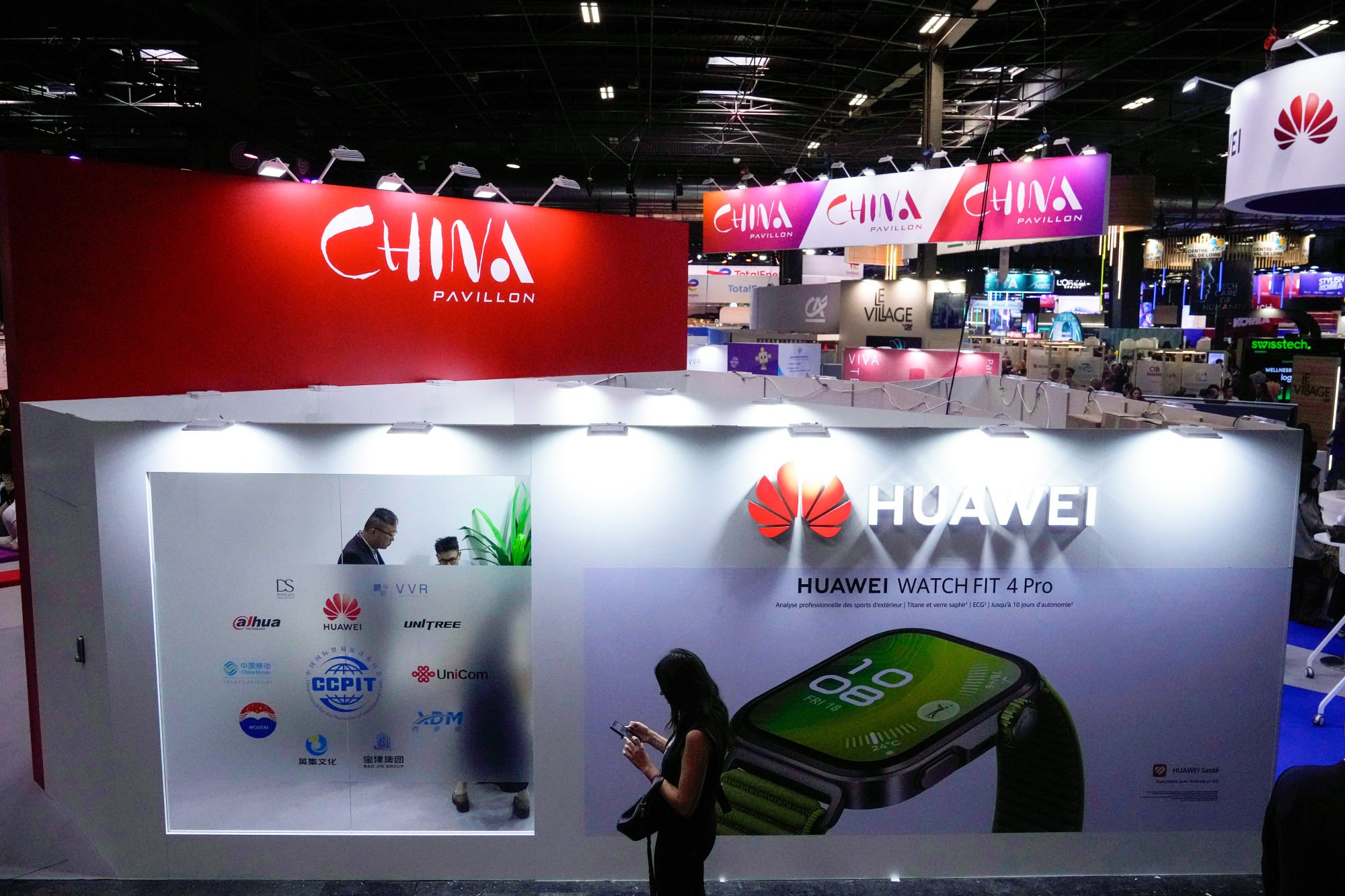Chinese firms optimistic about rising EU demand, as trade war narrows access to US market
While touring the China Pavilion at
Paris VivaTech
, Europe’s biggest tech fair, Chinese ambassador to France Deng Li’s attention was drawn not only to the flashy robot dogs and humanoids, but also to a less eye-catching exhibit: a display of metal parts produced by specialised 3D printers.
“To make something so complicated, 3D printing really saves a lot of trouble compared to traditional production methods,” Deng told his entourage, expressing his amazement at how a printer could produce complex metal parts in a single run.
The company behind the display, XDM 3D Printing Technology, is among a growing number of Chinese companies eyeing the European 3D printing market – particularly as the United States becomes increasingly restrictive.
Do you have questions about the biggest topics and trends from around the world? Get the answers with
SCMP Knowledge
, our new platform of curated content with explainers, FAQs, analyses and infographics brought to you by our award-winning team.
“We’re positive about the European market,” said Zhang Zhengwen, the company’s founder, in an interview with the Post on Wednesday.
Established in 2015, XDM entered the European market in 2019. The pandemic disrupted its expansion, and it currently has only a few customers in Europe – but Zhang said he was confident about the future.
“European companies will have to integrate 3D printing into their production sooner or later. There will be a massive need,” he said.
In 2024, China’s 3D printer exports surged 32.8 per cent year on year, surpassing the 13.1 per cent increase in electric vehicle exports, according to the General Administration of Customs
.
But despite the rise in exports, breaking into Europe’s high-end 3D printing market remains a challenge.
Most of the 3D printers China exports to Europe still produce plastic or rubber replicas, which are relatively cheaper. In the first four months of 2025, exports reached US$87.8 million for Germany and US$1.77 million for France, according to Chinese customs data.
The average price per machine was US$304 for Germany and US$278 for France, based on the Post’s calculations from official customs data.
For the more advanced 3D metal printers – XDM’s speciality – exports remain modest. China shipped about US$648,000 worth of 3D metal printers to Germany and about US$111,000 to France over the same period, according to customs data.
These machines commanded much higher prices – averaging US$12,954 per unit for Germany and US$36,953 for France, based on the Post’s calculations from official customs data.
Capturing market share from local European competitors – especially for higher-value products – could prove challenging, as the European Union views 3D printing as a strategic pillar of its manufacturing future.
A 2024 report by the European Commission’s science magazine Horizon identified the technology’s significance in sectors ranging from aerospace and automotive production to healthcare.
“The EU currently accounts for 22 per cent of the world’s manufacturing output, delivering a trade surplus in manufactured goods of Euro421 billion (US$484 billion) each year. This is why the EU is investing in research to further strengthen this sector,” the report’s authors said.
European firms had a head start. Between 2001 and 2020, the continent, including the UK, accounted for 32.9 per cent of global 3D printing patents, second only to the US, while China lagged at only 3.7 per cent, according to a report published by the European Patent Office in 2023.
But that gap is closing, with Chinese companies achieving technological breakthroughs and overtaking their European peers in some areas, Zhang said.
“We used to be behind, but now in metal printing, we have the leading technologies.”
His company also enjoys lower production costs compared to his European competitors. “What costs them one euro here, we can do with just two yuan,” he said.
The Chinese ambassador echoed that confidence during his visit to the booth, noting China’s manufacturing cost advantages.
With access to the US market
increasingly out of reach
, Europe has become a more critical focus for Chinese 3D printing companies.
“We do face some difficulties in the US. For instance, we cannot really sell into the aerospace sector,” Zhang said.
More Articles from SCMP
Chinese man impresses many by building own lift to reach 5th-floor home, costing US$1,100
Alibaba’s Joe Tsai says open-sourcing its AI models will boost firm’s cloud business
David Hayes desperate to keep fading trainers’ championship hopes alive at Sha Tin on Saturday
Grounded Chinese ship near Philippine-held island sparks concerns of more grey-zone tactics
This article originally appeared on the South China Morning Post (www.scmp.com), the leading news media reporting on China and Asia.
Copyright (c) 2025. South China Morning Post Publishers Ltd. All rights reserved.







